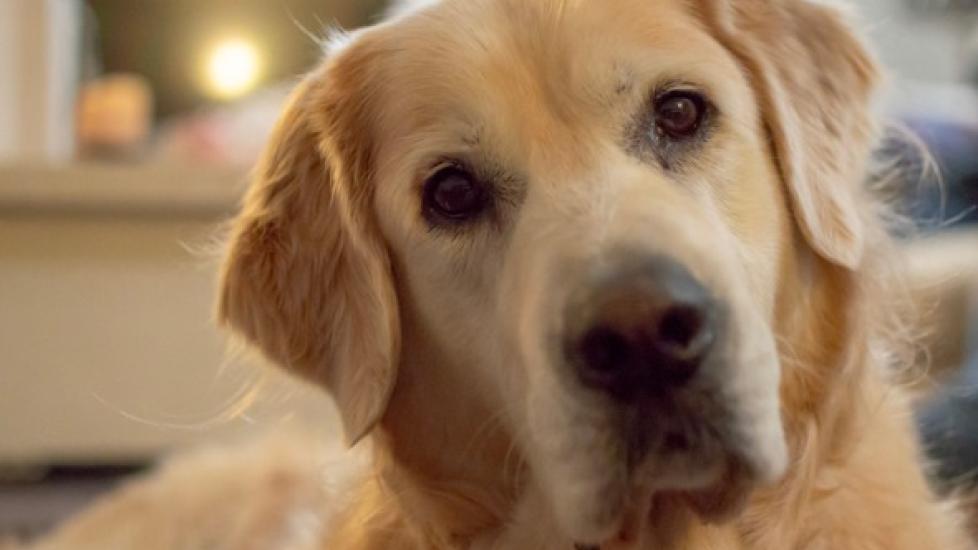Is Dog Litter a Thing?
Image via iStock.com/kaz_c
By Rebecca Desfosse
Potty training dogs to use a litter box like a cat sounds like the craziest idea yet, but it may just be crazy enough to work.
Picture yourself running into gridlock traffic on the way home from work. Instead of driving white-knuckled all the way home, stressing about when you can get home to let your dog out, you can provide them with their very own potty place using dog litter. That’s right, dog litter is really a thing. And it can be a lifesaver if you work long hours or are in a bind.
Dog litter allows dogs, usually smaller breeds, to use the facilities indoors without a lot of hassle. According to Dr. Jennifer Coates, DVM, “This is a great option for small dogs who live in high-rises or other homes with limited access to the outdoors, during inclement weather, or when pet parents have to be away from home for an extended period of time,” she says.
What Is Dog Litter?
Dog litter comes in a variety of different forms, such as pellets and clumping clay. The most common kind of dog litter is paper pellets made with recycled newspaper, like Secondnature dog litter. This type of dog litter works similarly to cat litter. According to Jessica Gore, animal behaviorist and owner of Competent Pup, the pellets absorb the moisture and help mask odor.
Some dogs may not respond well to dog litter, but that doesn’t mean they can’t be house-trained. There are other type of substrates that pet parents can use to set up elimination areas in the home. According to Russell Hartstein, dog trainer and founder of Fun Paw Care, absorbent pads (dog potty pads), grass and dog potty turf all work well in lieu of litter.
For cleanup purposes, Gore recommends using dog litter for small breeds only. It is not very practical for bigger dog breeds because they can wet through an entire tray of dog litter in one use.
Why Is Dog Litter Worth Considering?
An average adult dog can hold their bladder for up to eight hours. “After that point, concerns for the health and well-being of your companion increase,” says Gore. That time starts to decrease as your dog ages or if he’s feeling under the weather.
“Since the average pet parent who works full-time is gone for maybe eight hours to longer, it may be a good idea—or even necessary—provide access to an indoor toilet area for your dog,” she says. It’s also necessary in cases of extreme weather or if your dog can’t go outside for health reasons.
Of course, you can also hire someone to walk your dog if you know you will be away from your home for extended periods of time, whether it’s on a regular basis or a one-time occurrence.
Is Dog Litter Safe?
Be sure to read the labels to determine what is best for you and your dog. To be safe, dog litter should be clearly labeled as nontoxic. (If your dog consumes large quantities of anything and you notice a change in their behavior, contact your vet right away.)
According to Gore, “Eating, chewing, digging and carrying of dog litter pellets should be taken into consideration by pet parents when introducing this system and training their dog to use it.” If your dog is the type who chews or eats small objects, it might be best to choose another substrate as an indoor potty.
When it comes to safety, it’s also important to think about cleanup and the commitment it will involve. Since the litter absorbs moisture, it’s important to scoop and change out regularly. According to Dr. Coates, you should clean the box after each use or as soon as you get home from work.
What Do You Need to Get Started?
To start litter training your dog, you’ll need a few basic dog supplies. First of all, you need a large plastic tub to serve as a dog litter box. A simple model like Puppy Pan dog, cat and small animal litter pan will do the trick, but there are quite a few doggy litter box options on the market, including automatic litter box options and covered litter boxes. You’ll also need a pooper scooper apparatus to help scoop out the solids, such as iPrimio Sifter with non-stick litter scooper. Of course, you will also need your choice of dog litter.
How Do You Litter Box Train a Dog?
Training your pooch to use the litter isn’t much different for puppies as it is for older dogs. First, show your pet his new dog litter system and get him excited about it. “Use your dog’s favorite treats and get those paws on that new surface,” says Gore. “You may even get lucky and score a potty right away!”
If your pooch doesn't go after a couple minutes, you can wait and try again later. When your pet has eliminated in the appropriate area, reward him with tons of praise and some yummy dog treats. “Get happy and throw a gentle party with your praise and lots of tiny treats, ideally as they are still touching that surface,” says Gore.
For the next few weeks, provide regular and predictable potty opportunities. “Make this a routine and reward as many ‘good potties’ as you can, and prevent as many errors as possible,” says Gore. She recommends house-training your pet first thing in the morning, when they wake up, and after consuming dog food and water, or other known ‘potty triggers.’
“When you think your pet needs to eliminate, be prepared with high-value reinforcement (like for dogs, really tasty treats), and escort him over to the appropriate venue,” she says. Play dog pens or dog crates can be useful in the beginning to help your dog go on the appropriate surface while he’s still learning. Training your pup to use a litter box for dogs will take time and patience.
